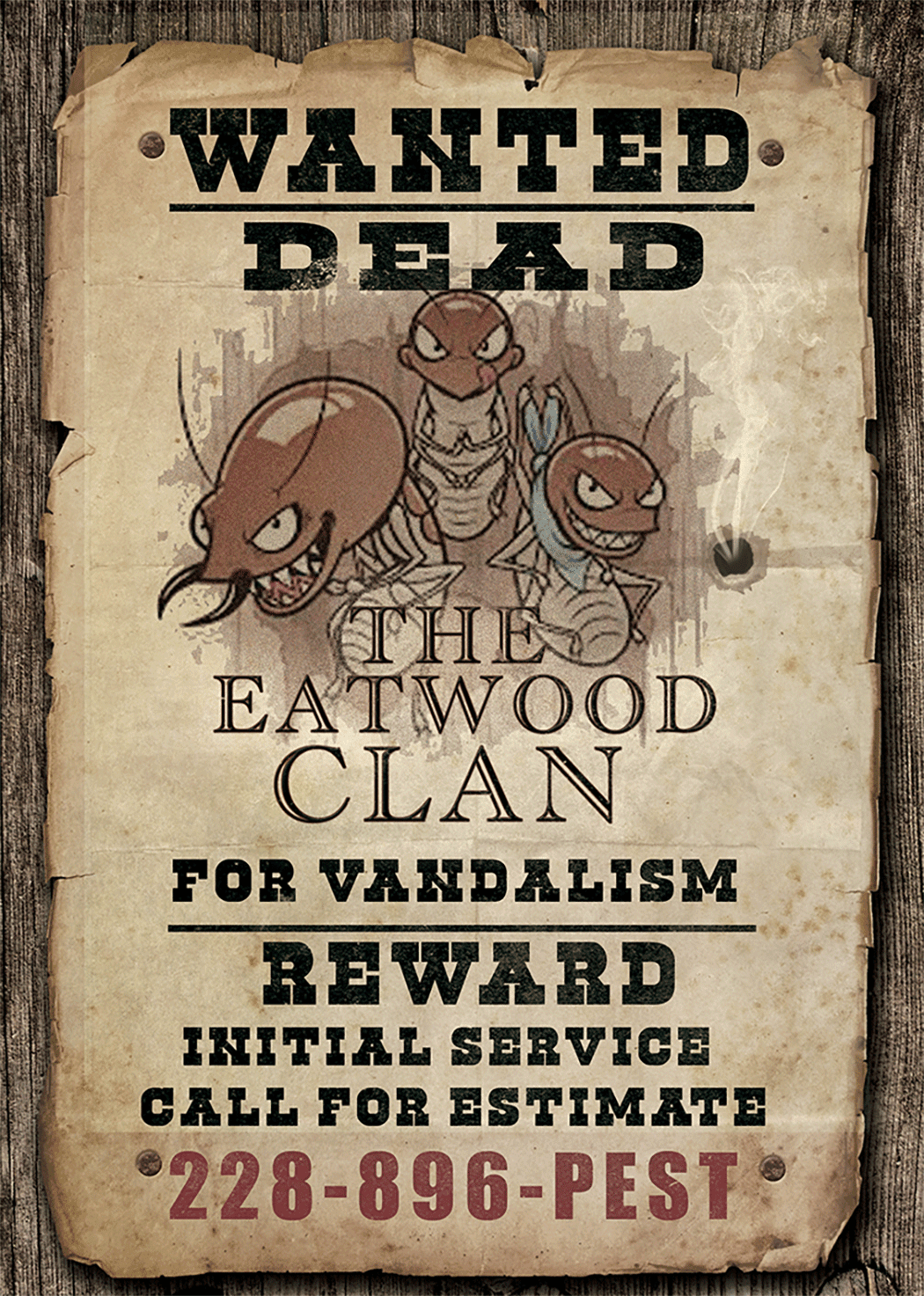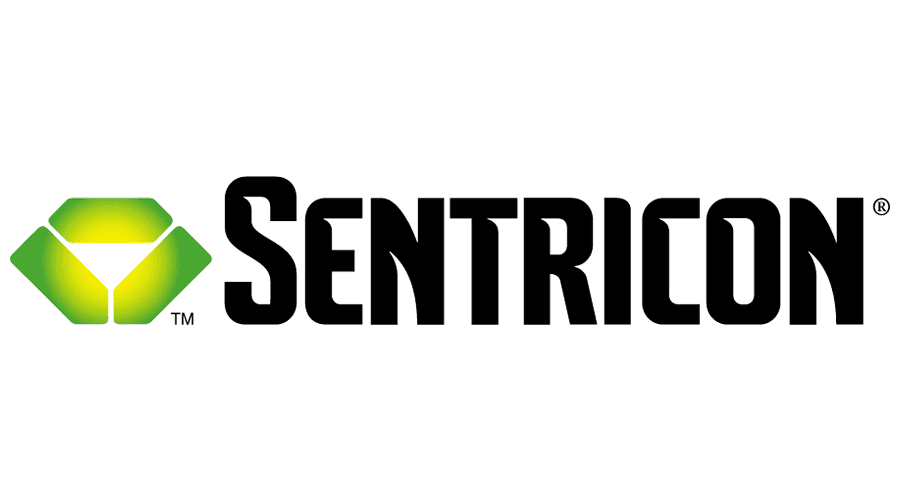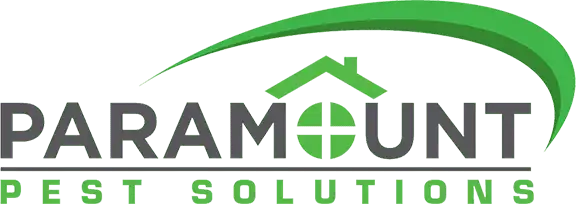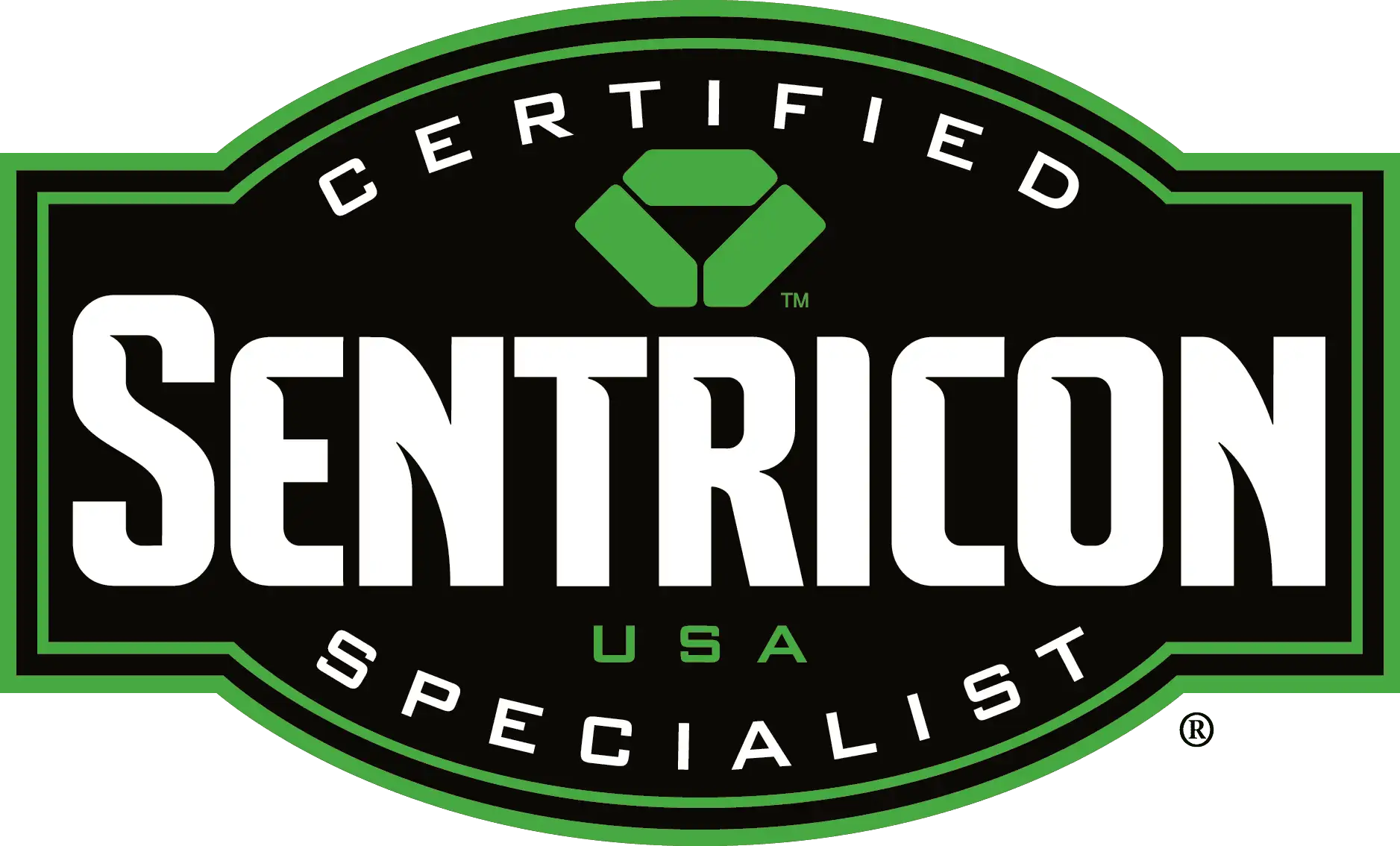

WE ARE A CERTIFIED SENTRICON PARTNER
TERMITES CAUSE OVER $5 BILLION IN DAMAGE ANNUALLY NATIONWIDE
Termites destroy homes by eating a home’s wooden frame or foundation. They feed on an organic compound found in vegetative matter such as dead trees, wood, and plants called cellulose and live in dark or subterranean areas, such as the walls and soil near foundations of your home. Unless mitigated, they can grow into destructive colonies as large as hundreds of thousands.
Termites have wings of equal length and straight, rather than bent, antennae, and are part of a caste system that have four variants.
Caste System Variants
- King and Queen- Sole purpose is to reproduce to sustain colony.
- Worker termites are white. Their purpose is to eat wood and feed the colony. Other termites cannot feed on their own. They range from 1/4 to 1/2 inch in length.
- Soldier termites are also white but with dark colored heads. They protect the colony from outside threats and range from 2/3 to 3/4 inch in length.
- Reproductive termites or alates, (often referred to as swarmers), are black or light brown depending on the species. They are responsible for procreating and forming new colonies once the colony they are in reaches maturity. They range from 1/4 to 1/2 inch in length. Since they have wings and antennae, they are often mistaken for flying ants.
Common Types
- Eastern Subterranean termites are 1/8-1 inch long. The swarmers are black and are known to typically swarm in early Spring (mid March) around mid morning.
- Formosans are generally the most destructive termite species due to the size of their colonies and aggressive nature. Unfavorable conditions can make them difficult to eradicate The swarmers are typically 1/2 inch long with a yellowish brown color. They usually swarm in May and June at night when temperatures have warmed.
Signs of Infestation
- Small holes in drywall
- Hollow wood
- Earthen packing
- Piles of shed wings
- Mud tubes along the foundation or walls
- Maze patterns in the walls and floors

